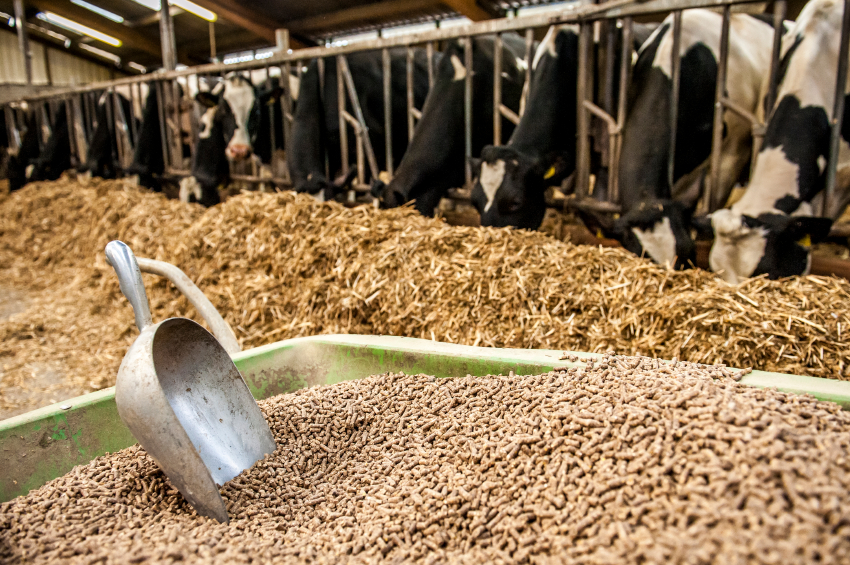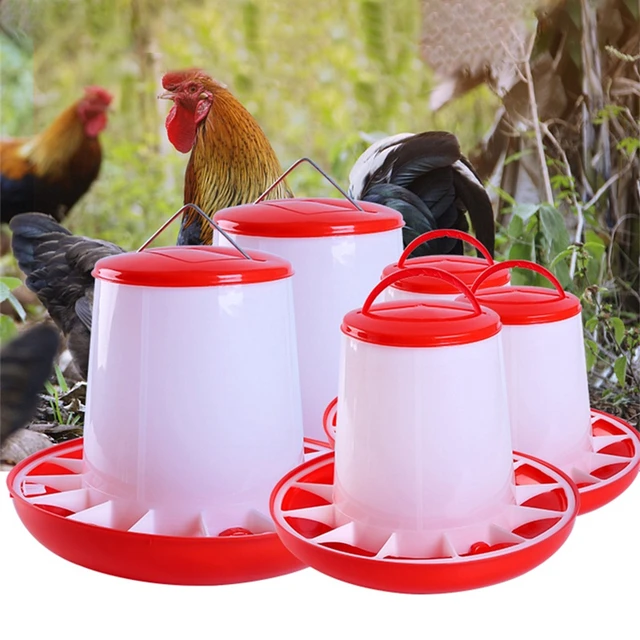ANIMAL FEED AND FEEDING
Animal Feed : Animal feed refers to the food given to domestic animals, especially livestock.
Animal Feeding : Animal feeding is the process of providing food to animals.
TYPES OF ANIMAL FEEDS
-
starter Feeds : Designed for young animals, especially those recently weaned or hatched, to support their rapid growth and development. These feeds are typically high in protein, vitamins, and minerals to meet the specific nutritional needs of young animals.
-
Grower Feeds : Used to support the growth phase of animals after they have outgrown the starter phase but are not yet fully mature. Grower feeds generally contain a balanced amount of protein, energy, vitamins, and minerals to promote steady growth without excessive fat deposition.
-
Finisher Feeds : Specifically formulated to promote weight gain and fat deposition in animals nearing market weight or maturity. These feeds are typically higher in energy content and may contain additives to enhance muscle development or marbling in meat animals.
-
Breeder Feeds : Designed for animals used in breeding programs, including pregnant and lactating females. These feeds are formulated to support reproductive health, milk production (in the case of mammals), and the healthy growth of offspring.
-
Maintenance Feeds : Used for adult animals that are not actively growing, reproducing, or performing intense physical work. Maintenance feeds provide a balanced mix of nutrients to maintain overall health and body condition.
-
Medicated Feeds : Contain additives such as antibiotics, anthelmintics (dewormers), or other medications to prevent or treat specific diseases or health conditions in animals.
-
Specialty Feeds : Tailored for specific purposes or unique dietary needs of animals, such as feeds for show animals, pets, or animals with specific health conditions like allergies or sensitivities.
-
Organic Feeds : Produced from ingredients that are certified organic, following strict guidelines that prohibit the use of synthetic pesticides, herbicides, or genetically modified organisms (GMOs).
-
Forage and Roughage : Includes hay, silage, and pasture grasses, which provide fiber and bulk in the diet of herbivorous animals like cattle, sheep, and horses.
ANIMALS FEEDING TOOLS
-
Feed Bins and Silos : These are storage containers designed to hold large quantities of feed, protecting it from weather, pests, and spoilage. Bins can vary in size and construction material depending on the type and scale of operation.
-
Feeders : Feeders are devices or structures used to provide feed to animals in a controlled manner. They can be stationary or mobile and are designed based on the type of animal being fed (e.g., troughs for cattle, hoppers for poultry).
-
Waterers : Although not directly feeding tools, waterers are essential for providing animals with access to clean water, which is critical for proper digestion and overall health, especially when animals are consuming dry feeds.
-
Automated Feeding Systems : These systems use technology to automate the distribution of feed, which can save time and labor. They may include conveyor belts, augers, or pneumatic systems to transport feed from storage to feeders.
-
Feed Scales and Weighing Systems : Used to accurately measure and monitor the amount of feed distributed to animals, ensuring they receive the correct ration based on their nutritional needs and growth stage.
-
Feed Mixers : In operations where feed needs to be mixed with additives or supplements, feed mixers blend different ingredients uniformly before distribution to ensure animals receive a balanced diet.


